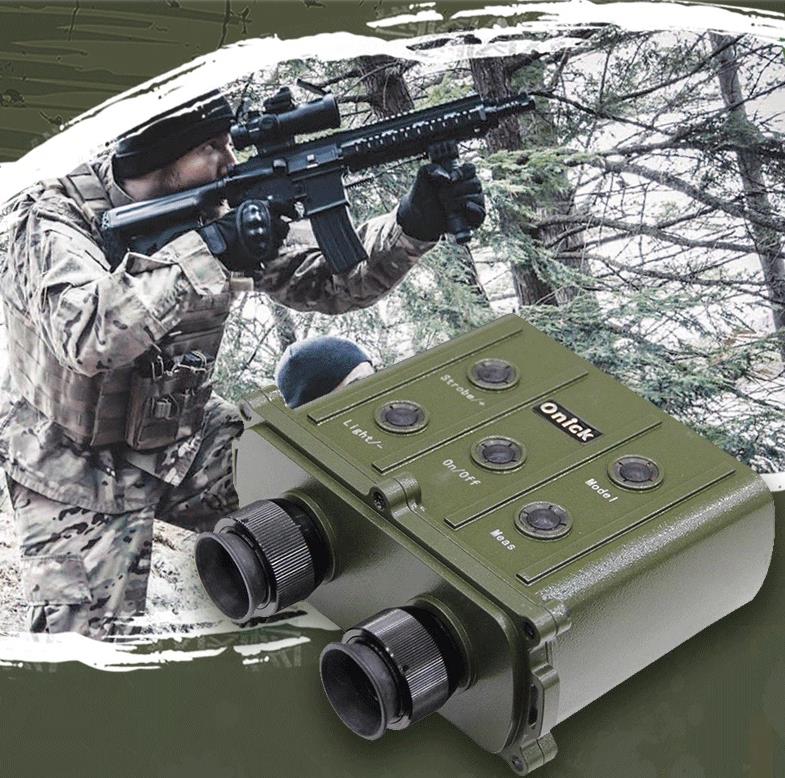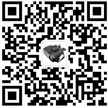Onick CI series binocular laser rangefinder has been newly upgraded, with patent application number 202030826525.7. CI series binocular long-distance laser rangefinder can quickly measure, autofocus, measure distance, accurately calculate average value, and has powerful data storage function. Optional azimuth and pitch angle functions, wide range of functions, small size, easy to carry and easy to operate. It is widely used in industries such as rivers, waterways, benchmarks, telecommunications, cables, geological surveys, meteorology, airports, forests, etc.

The use of a military-grade long-distance rangefinder involves multiple steps and precautions to ensure the correct and safe use of this device. Here are some key steps and precautions:
Power on and off: First, select the appropriate power source (such as battery, mobile power, etc.) to turn on the device. Press and hold the middle button to turn the device on and off.
Adjust clarity: Adjust the objective lens and eyepiece to obtain a clear image. Aim at the target object and adjust the lens of the objective lens clockwise or counterclockwise until the target object is clear. Then, adjust the diopter of the eyepiece and rotate the eyepiece until the image is clear. If using binocular night vision rangefinders, you can also adjust the eye distance (the distance between your eyes) for optimal vision.
Measurement operation: Aim the laser dot at the target object, press the power button on the top of the rangefinder, and release the button to obtain the measurement value. Note that when using it outdoors, interference from fluorescent lights, sunlight, etc. should be avoided.
Recording and multi-mode measurement: For objects that need to be measured continuously, you can use the recording function of the rangefinder to quickly and accurately obtain multiple values. Knowing the shape and size of the target object will help you measure more accurately. When using it outdoors, block light interference and select the appropriate measurement mode (such as long distance, switching to tilted state, etc.) to obtain the best results.
Safety precautions: Special attention should be paid to safety when using military-grade long-distance rangefinders. Avoid looking directly into the laser beam to avoid eye damage. When operating the rangefinder, it is strictly forbidden to aim at people or glass, and aim at mirror-like surfaces at close range to prevent laser damage to the human eye or equipment damage.
Maintenance and care: The rangefinder should be stored in a clean and dry environment away from light, and the appearance should be checked frequently to keep the outer surface clean. The optical lens should be dusted with a brush and gently wiped with a flannel or paper used to wipe the camera lens to avoid scratches. The battery should be fully charged before storage. If not used for a long time, it should be charged every six months.




